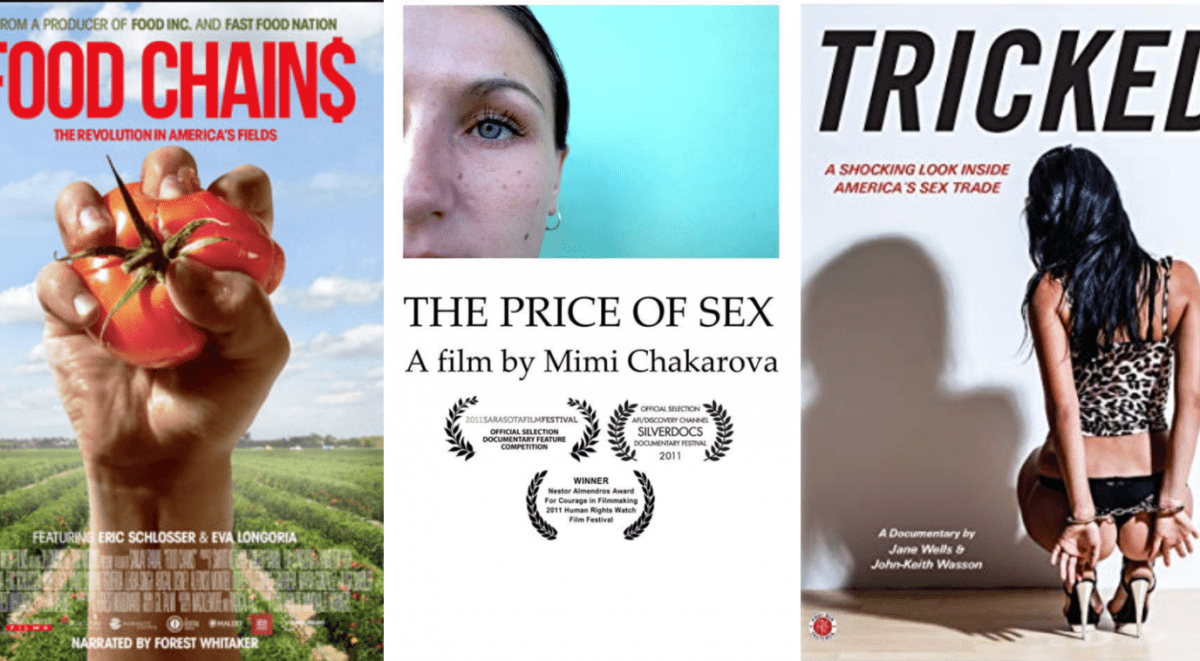
By Robert E. Wright, Nef Family Chair of Political Economy and Historians Against Slavery Treasurer
I confess that I recently jumped at the opportunity to teach my general education/gender studies course “Global Slavery 10,000 BCE to the Present” online during my liberal arts-focused university’s condensed format “interim” semester because it means that I can spend January in balmy Florida instead of frigid South Dakota. But I also recognized it as an opportunity to integrate many more full-length videos into the course. Except when I teach a course on HBO’s The Wire, I generally use only short videos in class. With an online format, though (especially when saddled by an LMS that shall remain nameless that does not handle video lecturing very well), videos are a natural choice, and what a selection to choose from these days!
To keep student interest up, I decided to incorporate a range of video types, from taped lectures by Kluge Center fellows, to mid-length clips from The Guardian and other high-quality media outlets, to documentaries from the National Underground Railroad Freedom Center and various other NGOs, to realistic films like Netflix’s Beasts of No Nation.
So much good video content on modern slavery is now available, all of it via streaming for a few dollars if not completely free via the web or library video collections like Kanopy and Films on Demand, that picking just the right videos on specific topics for specific student populations is not always easy. I decided, therefore, to elicit the aid of students themselves near the end of the course and knock off a university-wide learning objective about media literacy at the same time by pitting videos against each other (specifically, Tricked against The Price of Sex: Human Trafficking in Eastern Europe during one wrap up session and Food Chains against Supermarket Slave Trail in another). Instead of just polling students about their preferences, I’ve asked them to make a case, in an open discussion forum, for including one, both, or neither video in the course the next time it is run (hopefully online from Australia in January 2020!). (The forum is set up so that students cannot see other students’ posts until they have posted their own, which should reduce free riding on other students’ assessments.)
This assignment will, I hope, allow students to show off their knowledge of modern global slavery and the media savvy that they have developed both in the course and in their other studies. If anyone has done a similar exercise before, I would love to hear about it before January 7. If not, but it looks like something you might want to try in your own course, look for my follow-up report in February, after I return to South Dakota to teach in what we should call the “Light Winter” instead of the “Spring” semester.
